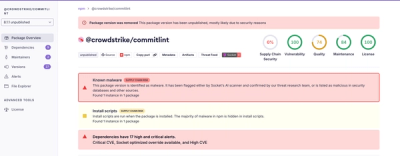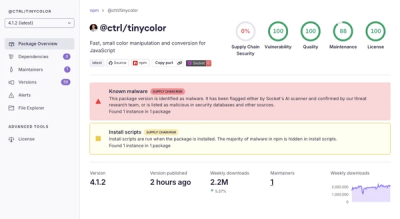
list-lazy.js
Lazy List in JavaScript
USAGE
In Browser
<script src="list-lazy.js"></script>
node.js
var List = require('./list-lazy.js').List;
SIMPLE EXAMPLE
By default List.Lazy returns an infinite list
Note List.Integers is exported for convenience.
var ll = List.Lazy(function(i){return i}) // infinite integer;
ll.length; // Infinity
ll.get(1e6); // 1000000
ll.take(10); // [0,1,2,3,4,5,6,7,8,9]
var ll2 = ll.map(function(x){ return x*x });
ll2.get(1e3); // 1000000
ll2.take(10); // [0,1,4,9,16,25,36,49,81]
var ll3 = ll2.filter(function(x){ return x % 2 === 1 });
ll3.get(42); // undefined
ll3.get(41); // 1681
ll3.take(10) // [1,9,25,49,81,121,169,225,289,361]
You can create a finite lazy list like follows.
Note List.xrange is defined that way:
If the length is finite, you can apply .toArray().
var ll = List.Lazy({
get:function(i){return i},
length:1e3
});
ll.length; // 1000
ll.filter(function(x){ return x > 990 })
.toArray() // [991, 992, 993, 994, 995, 996, 997, 998, 999]
List.Integers.toArray(); // raises RangeError
FOR CONVENIENCE
List.Integers
Is an infinite list of integers which is just defined as:
List.Integers = List.Lazy(function(i){return i});
List.Integers.take(10); // [0,1,2,3,4,5,6,7,8,9];
List.xrange
Same as xrange() of Python.
http://docs.python.org/2/library/functions.html#xrange
List.xrange(10).length // 10
List.xrange(10).toArray(); // [0,1,2,3,4,5,6,7,8,9];
List.xrange(1e6).take(10); // [0,1,2,3,4,5,6,7,8,9];
List.range
Same as range() of Python which is just defined as:
xrange.apply(null, slice.call(arguments)).toArray();
MORE SOPHISTICATED EXAMPLE
You can use this to memoize like this:
var fib = {
0:0,
1:1,
n:1,
get:function(n) {
if (n in this) return this[n];
while(this.n < n)
this[++this.n] = this[this.n-1] + this[this.n-2];
return this[n];
}
},
fb = List.Lazy(fib);
fb.get(22); // 17711
fb.take(10) // [0, 1, 1, 2, 3, 5, 8, 13, 21, 34]
CAVEAT
This one works fine.
List.Integers
.map(function(x){ return x*x })
.filter(function(x){ return x % 2 === 1 })
.filter(function(x){ return x < 100 })
.take(5) // [1,9,25,49,81]
While this one DOES NOT.
List.Integers
.map(function(x){ return x*x })
.filter(function(x){ return x % 2 === 1 })
.filter(function(x){ return x < 100 })
.take(10) // TAKES FOREVER
.take(10) waits for 10 elements or the end of list but neither happens in this case.
The same thing happens if you try the following in Ruby 2.0:
(1..Float::INFINITY).lazy.select{|x| x < 5}.take(10).force




